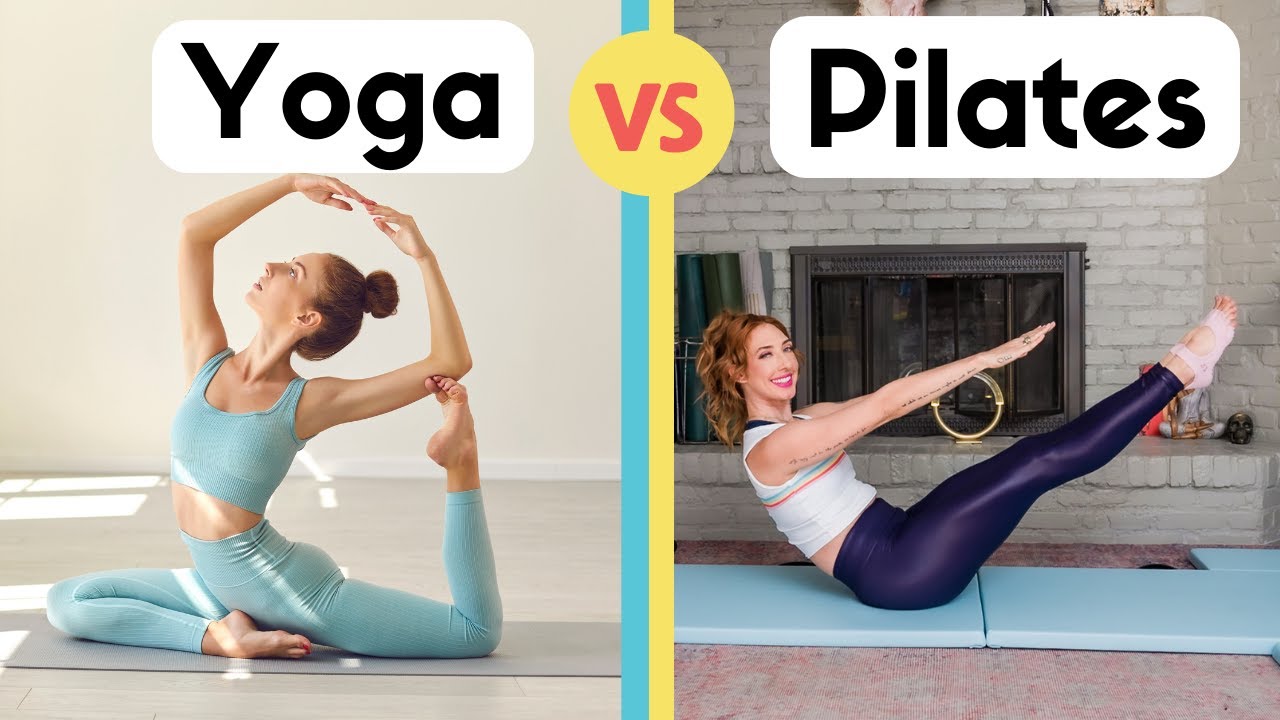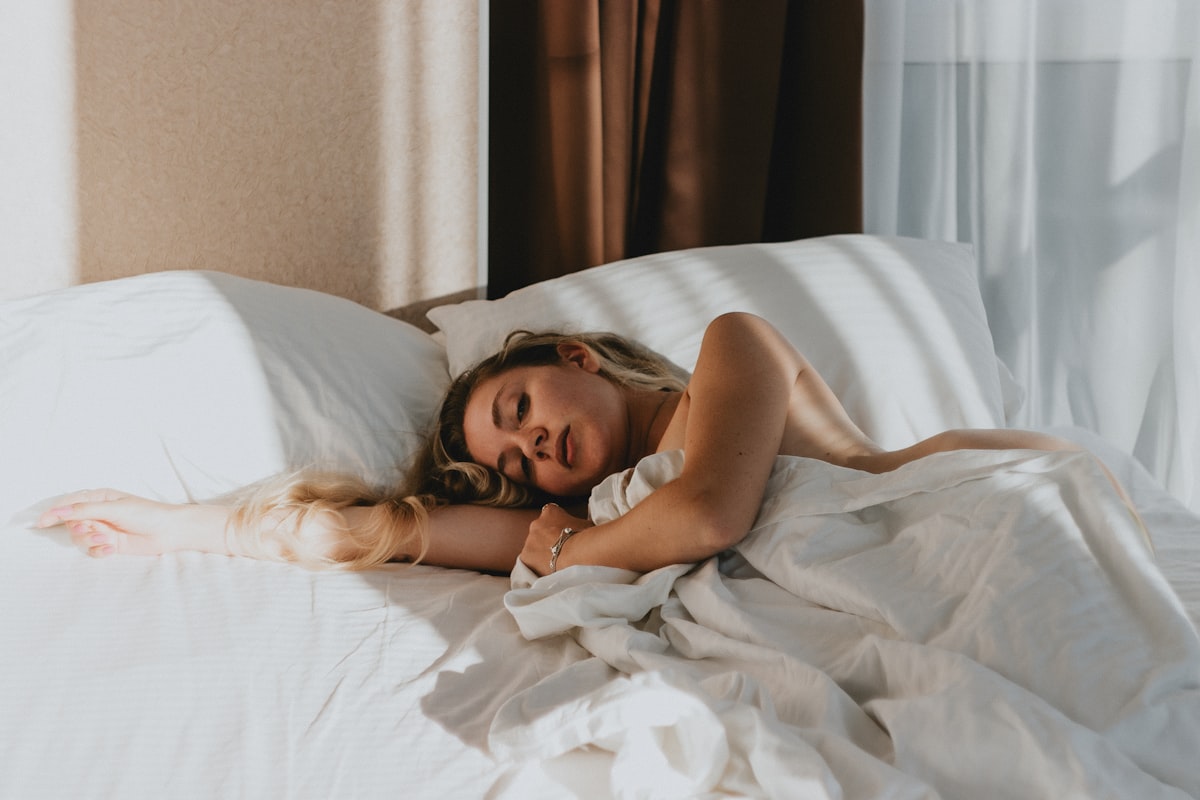When it comes to mind-body workouts, yoga and Pilates often top the list of fitness enthusiasts and wellness seekers. Both are known for improving flexibility, strength, posture, and mental well-being — but despite their similarities, they differ in origin, purpose, and physical focus. Whether you’re looking to relieve stress, tone muscles, or strengthen your core, understanding the difference between yoga and Pilates can help you decide which best fits your lifestyle and fitness goals.
This in-depth guide breaks down the science, benefits, types, and expert insights into both practices, helping you make an informed decision about your body’s needs.
🧘♀️ What Is Yoga?
Yoga is an ancient practice that originated in India more than 5,000 years ago. It combines physical postures (asanas), breathing techniques (pranayama), and meditation (dhyana) to promote balance between body, mind, and spirit.
Modern yoga in the West focuses largely on the physical aspect — building strength, flexibility, and mental clarity — though many practitioners continue to embrace its spiritual roots.
Key Types of Yoga
| Type | Description | Intensity |
|---|---|---|
| Hatha Yoga | Slow-paced and beginner-friendly, focuses on basic postures and breathing. | Low |
| Vinyasa Yoga | Flow-based yoga linking breath with movement; more dynamic. | Moderate to High |
| Ashtanga Yoga | A rigorous, structured series of poses; physically demanding. | High |
| Yin Yoga | Gentle, meditative, and focused on deep stretching and relaxation. | Low |
| Bikram Yoga | Performed in a heated room with a set of 26 poses. | High |
Core Benefits of Yoga
- Improves flexibility and mobility
- Enhances balance and coordination
- Reduces stress and anxiety
- Promotes mindfulness and emotional regulation
- May lower blood pressure and improve heart health
Scientific Backing
A 2017 Harvard Medical School study found that regular yoga practice improves flexibility, mental focus, and sleep quality. Additionally, research from the University of Illinois revealed that even a single session of yoga can boost cognitive performance and memory retention — making it not just a workout for the body, but also for the brain.
💪 What Is Pilates?
Pilates was developed in the early 20th century by German physical trainer Joseph Pilates. Originally designed for rehabilitation and injury recovery, it focuses on controlled, precise movements to build core strength, posture, and stability.
Unlike yoga, which has spiritual components, Pilates is primarily a physical discipline that emphasizes muscle control, alignment, and breathing coordination.
Types of Pilates
| Type | Equipment Used | Focus |
|---|---|---|
| Mat Pilates | No equipment; uses body weight. | Core strength, flexibility |
| Reformer Pilates | Uses a reformer machine with springs and pulleys. | Resistance training, alignment |
| Clinical Pilates | Designed for rehabilitation under professional supervision. | Injury recovery, mobility |
Core Benefits of Pilates
- Strengthens core and improves posture
- Enhances muscle tone and endurance
- Supports injury prevention and rehabilitation
- Improves balance and spinal alignment
- Builds long, lean muscle rather than bulk
Scientific Evidence
A study conducted by the University of Miami (2021) found that Pilates significantly improves core stability and postural alignment after just eight weeks of practice. Another study published in the Journal of Bodywork and Movement Therapies found Pilates to be particularly effective in reducing lower back pain by enhancing deep core engagement and spinal support.
⚖️ Yoga vs. Pilates: A Detailed Comparison
| Feature | Yoga | Pilates |
|---|---|---|
| Origin | Ancient India (spiritual practice) | Early 20th-century Germany (physical therapy) |
| Primary Focus | Mind-body connection, flexibility, and mindfulness | Core strength, posture, and controlled movement |
| Breathing Technique | Deep belly breathing through nose (pranayama) | Lateral breathing (expanding ribs without abdominal movement) |
| Equipment | Minimal (mat, blocks, straps) | Often uses machines (reformer, Cadillac, ball) |
| Intensity Range | Low to high, depending on the style | Moderate and focused on strength |
| Spiritual Aspect | Strong emphasis on mindfulness and meditation | Primarily physical, though mindful control is required |
| Flexibility Gain | High | Moderate |
| Core Strength Gain | Moderate | High |
| Best For | Stress relief, flexibility, emotional wellness | Posture correction, toning, injury prevention |
🧠 The Science Behind Yoga and Pilates Benefits
Both yoga and Pilates have been the subjects of extensive research due to their increasing popularity and health benefits.
Yoga and Mental Health
According to a 2018 study by the National Center for Complementary and Integrative Health (NCCIH), yoga helps reduce cortisol levels, the hormone responsible for stress. The study also found improved gamma-aminobutyric acid (GABA) levels in yoga practitioners, which enhances relaxation and mood.
Pilates and Physical Rehabilitation
The University of North Carolina’s Department of Physical Therapy found that Pilates offers measurable benefits for individuals recovering from musculoskeletal injuries. Participants who practiced Pilates twice weekly experienced a 35% improvement in muscle endurance and better spinal alignment than the control group.
Comparative Research
A 2020 study from the University of Valencia compared yoga and Pilates in female participants aged 25–50. The findings revealed:
- Yoga participants reported better mental clarity and stress management.
- Pilates participants showed greater gains in core stability and muscular endurance.
Thus, both practices are beneficial, but the choice depends on whether your priority is mental relaxation or physical conditioning.
🔍 Choosing Between Yoga and Pilates: What’s Best for Your Body?
When deciding which is better — yoga or Pilates — it’s essential to assess your personal goals, fitness level, and body condition.
Choose Yoga If You Want To:
- Relieve stress and anxiety
- Increase flexibility and mobility
- Improve mindfulness and self-awareness
- Support overall spiritual and emotional balance
- Manage chronic pain conditions like arthritis or fibromyalgia
Choose Pilates If You Want To:
- Strengthen your core and improve posture
- Recover from an injury
- Develop lean muscle tone
- Enhance body awareness and control
- Support athletic performance and prevent injuries
Best of Both Worlds
Some fitness experts recommend combining yoga and Pilates for maximum benefit. Yoga enhances flexibility and mental calm, while Pilates builds the core stability necessary for everyday movement. Many studios now offer Yogalates — a fusion of both disciplines designed to provide balance and strength training in one class.
🕒 How Often Should You Practice Yoga or Pilates?
Consistency matters more than intensity. Here’s a general guideline for beginners to intermediate practitioners:
| Practice Type | Recommended Frequency | Duration per Session |
|---|---|---|
| Yoga | 3–5 times per week | 45–75 minutes |
| Pilates (Mat) | 2–4 times per week | 45–60 minutes |
| Pilates (Reformer) | 2–3 times per week | 50–70 minutes |
| Combined Practice (Yogalates) | 2–3 times per week | 60 minutes |
🏋️♀️ Expert Tips to Maximize Results
- Warm Up Properly – Prepare your joints and muscles before starting.
- Focus on Breath Control – Both yoga and Pilates depend on rhythmic breathing for performance and safety.
- Avoid Overexertion – Stretch gently, especially if you’re new.
- Stay Consistent – Gradual progress yields long-term benefits.
- Consult a Trainer – Get personalized guidance, especially for posture correction or injury prevention.
❓Frequently Asked Questions (FAQs)
1. Which is better for weight loss: yoga or Pilates?
Both can aid weight loss when combined with a balanced diet. However, Vinyasa or Power Yoga burns more calories, while Reformer Pilates tones muscles and increases metabolism through resistance training.
2. Can I do yoga and Pilates on the same day?
Yes. Doing yoga and Pilates together can enhance flexibility, core strength, and mindfulness. Start with Pilates to engage your core, followed by yoga for deep stretching and relaxation.
3. Is yoga or Pilates better for back pain?
Pilates is often recommended for back pain because it strengthens deep abdominal and spinal muscles. However, gentle yoga can help release tension and improve posture. Consult a physical therapist for tailored advice.
4. Which is easier for beginners?
Hatha Yoga and Mat Pilates are both beginner-friendly. Yoga may feel more meditative, while Pilates involves precise movements that require focus on form and control.
5. Can men benefit from yoga and Pilates?
Absolutely. Both practices improve flexibility, balance, and core strength — key factors in sports performance and injury prevention. Many professional athletes incorporate both into their training routines.
6. What equipment do I need?
For yoga: a mat, blocks, and straps.
For Pilates: a mat, small weights, or resistance bands. If practicing reformer Pilates, you’ll need access to specialized studio equipment.



